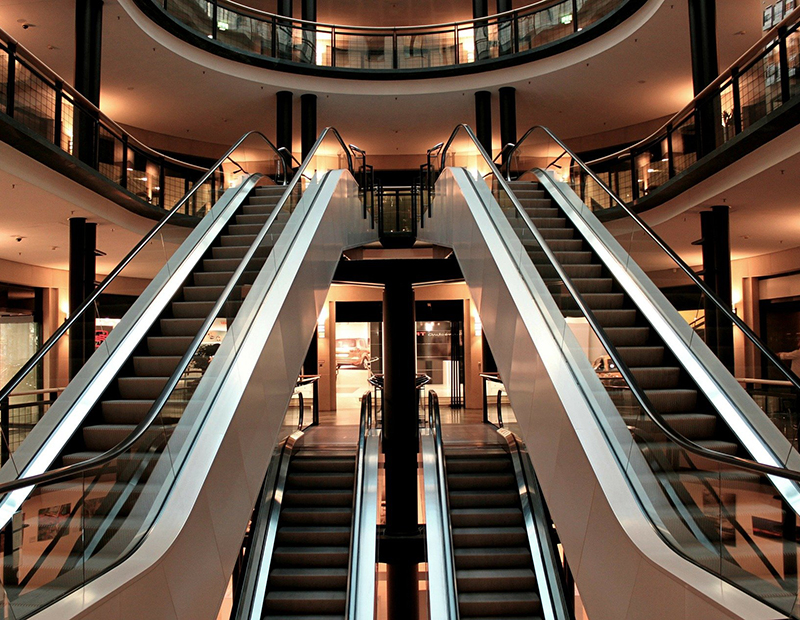Q3 Retail Fundamentals Deteriorate Further, CBRE Finds
Total net absorption saw its largest decline since the Great Recession, according to the firm’s latest report.
There are few bright spots to be found in the retail real estate sector, according to CBRE’s latest U.S. Retail Figures report.
READ ALSO: NAIOP CRE.Converge Spotlights Industry-Changing Trends
In the third quarter, the retail real estate sector posted negative net absorption totaling 14.8 million square feet, 8.5 million square feet of which can be attributed to the neighborhood, community and strip center segment. The figure marked the second consecutive quarter of negative net absorption this year, and the largest decline in net absorption since the first quarter of 2009 during the Great Recession. The culprit, as noted in the report, was “the stagnant leasing activity in the first half of 2020.”
Overall retail availability went on the upswing for the third quarter in a row, rising 20 basis points to 6.6 percent, due in no small part to the lifestyle and mall segment’s rise in availability of 70 basis points quarter-over-quarter. Additionally, market conditions continued to have a negative impact on construction activity in the third quarter as well. Construction completions plummeted 44 percent year-over-year to less than 6 million square feet, the lowest quarterly total on record. Houston led the way with 519,000 square feet in completions consisting predominantly of new HEB and La Michoacana grocery stores.
On the bright side
Even amid the slew of undesirable results, the third quarter delivered a few signs of hope. Consumer fundamentals improved, with consumer sentiment in September reaching its highest level since March of this year. The upswing came amid the now-reversed slowing of the spread of the pandemic across the U.S. and the reopening of retail stores. Also, retail sales recorded a 3.5 percent year-over-year increase in the third quarter, exceeding pre-pandemic levels. The rise in consumer sentiment along with in-store spending at newly reopened brick-and-mortar stores contributed to the robust gains.
Property owners saw a win in the third quarter. While retail real estate logged a jump in availability, the overall net asking rent posted a slight increase—but an increase, nevertheless—to an average of $18.39 per square foot. As noted in the report, “the unexpected rise in retail net asking rent is attributable to increased availability of premier properties in growth markets that have been most resilient and are maintaining rent levels.” And landlords’ offerings of greater concessions in weaker markets and urban cores also served to buoy rental rates.
Read the full report by CBRE.








You must be logged in to post a comment.